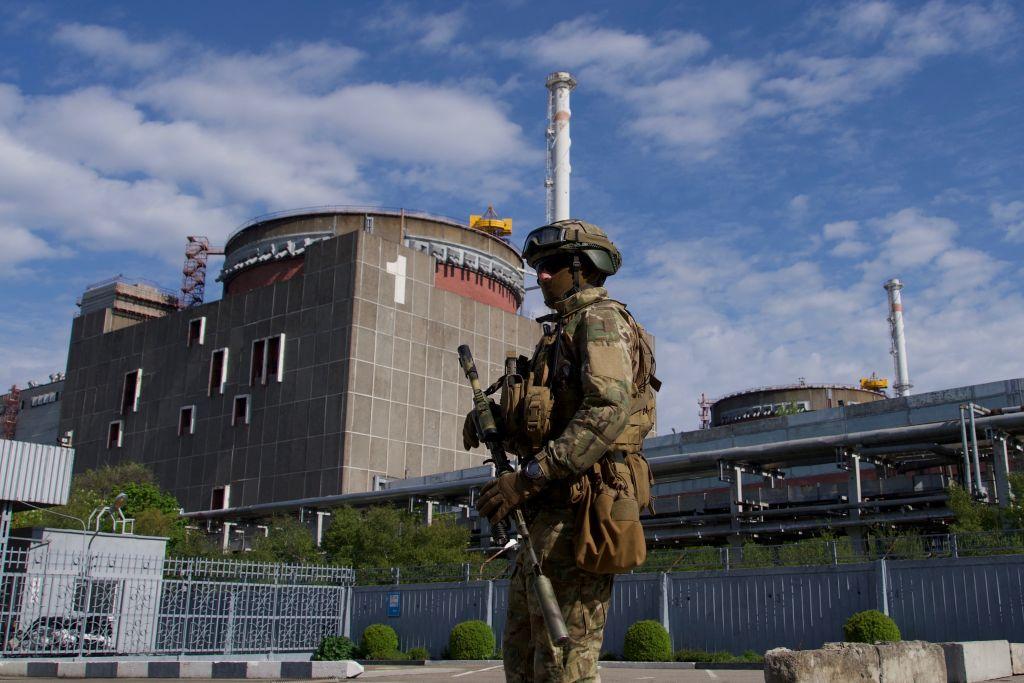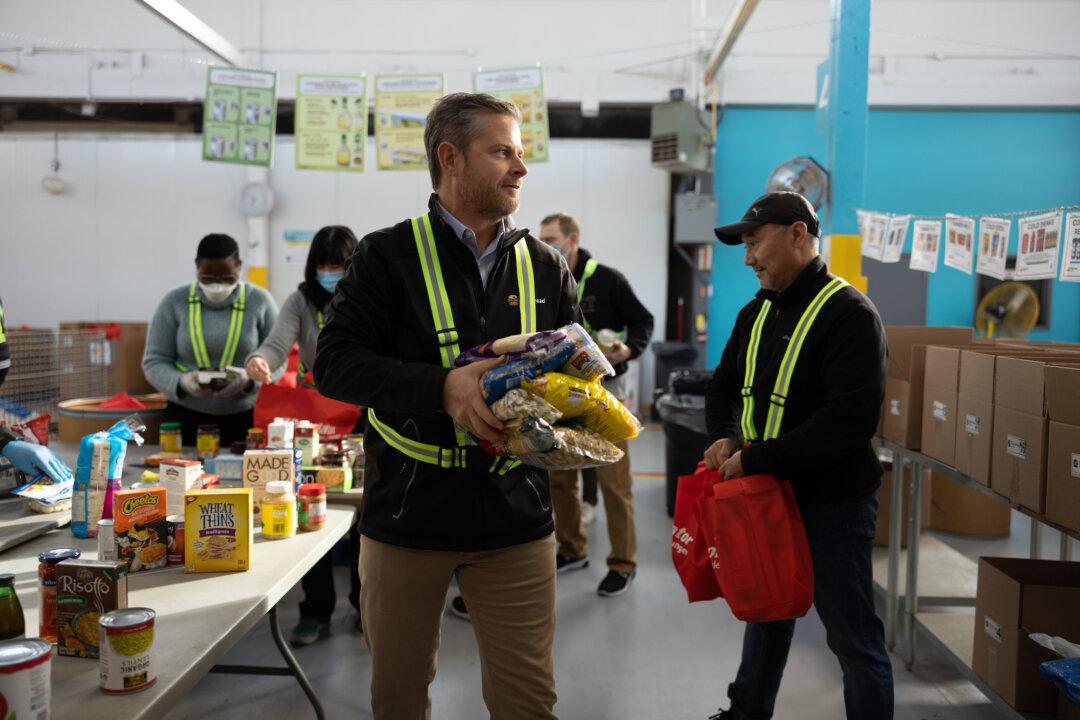The takeover of the Zaporizhzhia nuclear power plant was likely the catalyst that prompted Canada to update its nuclear threat emergency protocols, according to nuclear weapons experts.
“What the [Canadian] government did say is, ‘Okay, that’s never happened. You’ve also got [Russian President Vladimir] Putin talking about nuclear weapons. We’ve had protocols in place for a long time for that. But now there’s a more tangible threat,’” said Ed Waller, a professor in the Faculty of Energy Systems and Nuclear Science at OntarioTechU.





